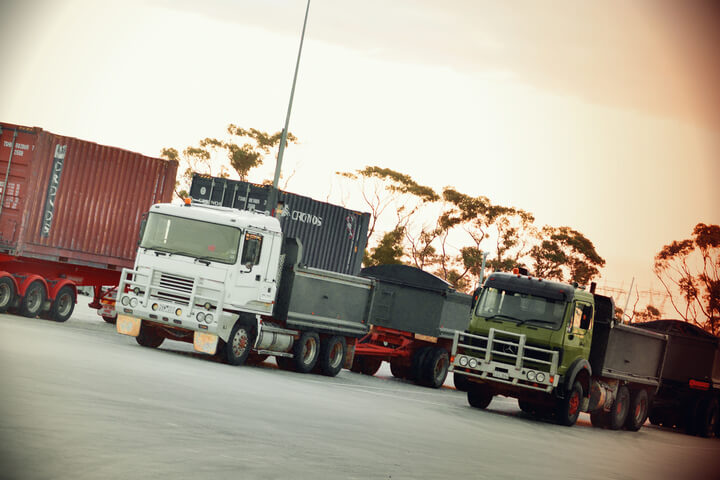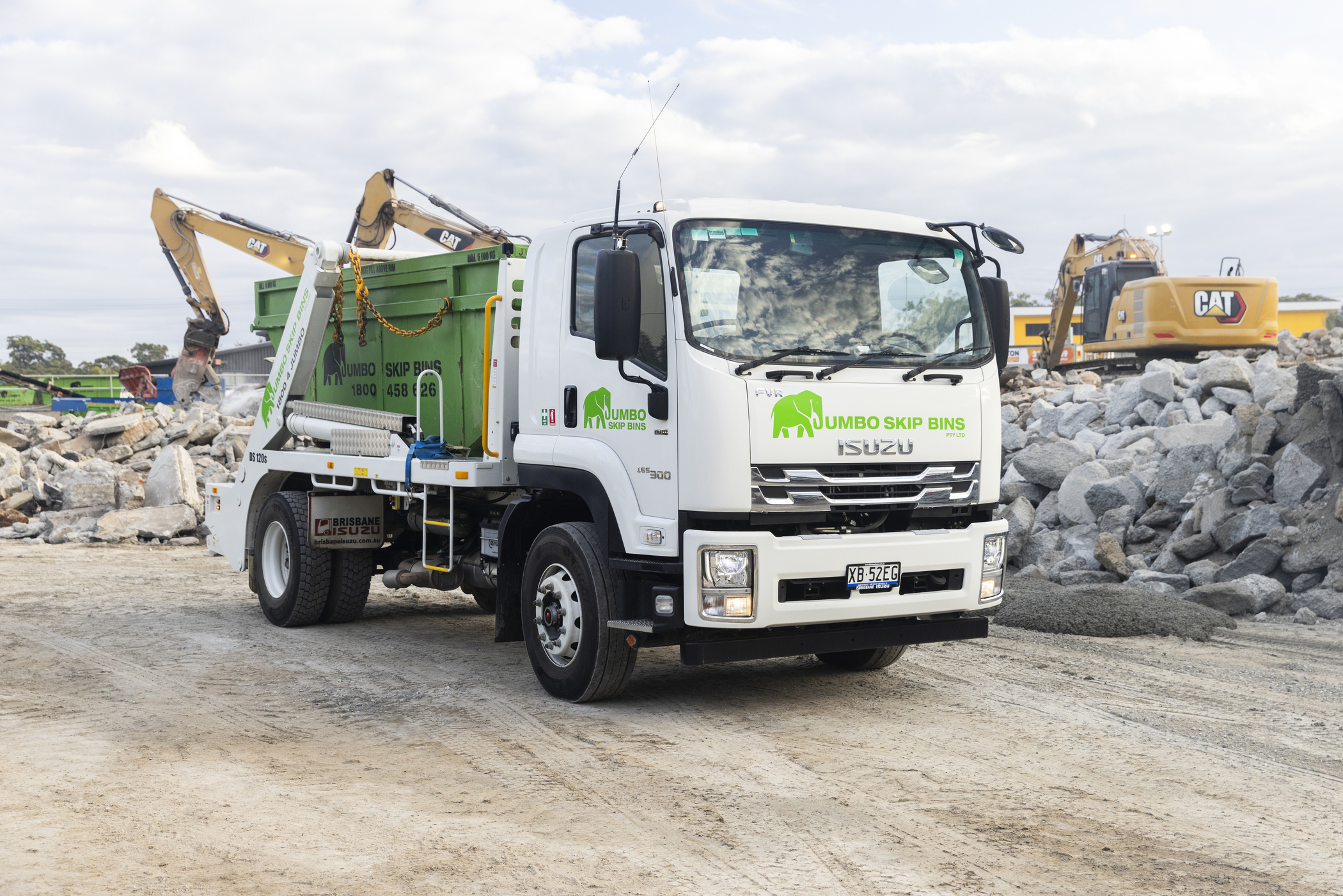THE RISKY BUSINESS OF VEHICLE MANAGEMENT

 If you’re a small business with just a few trucks, unexpected events such as road accidents, vehicle breakdowns and worker injuries can deal a huge blow to finances and productivity. On the positive, getting together a decent risk management plan, regardless of your company’s size, will help you through the tough times and put you in the best possible position to grow your business when the time is right. Not sure where to start? Don’t shell out for costly consultant fees just yet – take a few minutes to check out some quick hints and tips for lighting a fire (not literally) under that risk management strategy.
If you’re a small business with just a few trucks, unexpected events such as road accidents, vehicle breakdowns and worker injuries can deal a huge blow to finances and productivity. On the positive, getting together a decent risk management plan, regardless of your company’s size, will help you through the tough times and put you in the best possible position to grow your business when the time is right. Not sure where to start? Don’t shell out for costly consultant fees just yet – take a few minutes to check out some quick hints and tips for lighting a fire (not literally) under that risk management strategy.
Identify the risks
Every business is different and the risks you’re up against will be dependent on a number of factors. For business owners operating small freight operations some of the key ‘risks’ you might face are:
- Breakdown of vehicles and equipment
- Road collisions
- Damage to vehicles
- Injury to workers
- Increased competition
- Theft
One risk that brings serious costs and implications for small business is obviously a road accident. If the incident is significant, you’ll face the dreaded cost of vehicle repairs and your business will be a lot less productive with one truck and a driver off the road. Other costs you’ll have to wear will be things like towing, admin, medical costs, time off work, and insurance premiums. So make sure you cover all your bases when it comes to preparing for the potential or hidden costs of an incident.
Lose the ‘tude, dudes
Like the self-help books tell us, you have to ‘want to change’ and as much can be said for taking a proactive approach to risk management. A study by AustRoads identified five common attitudes that can act as a barrier to best practice in fleet and vehicle safety. 1) We don’t have a problem 2) We’ve got it under control 3) We don’t know what to do about it 4) We can’t do anything about it 5) It’s not our problem Basically, if it’s your business then the buck stops with you, and if you’re 100 per cent behind a safer work culture – then your team will be as well.
Who, me?
Looking at what causes the risks is your next hurdle. When it comes to the safety of your trucks and your drivers there’s basically three key players: the driver, the vehicle and the environment. Your first line of defense is making sure any new drivers have a clean driving record, good physical health and the right attitude when it comes to safe work and driving behaviour. Before they head out on the road, spend the time – and yes, the money, making sure they’ve received a full induction and safety training that’s tailored to their needs. Inform them of your safety policies and make it clear what’s expected of them in the event of an incident or injury in the workplace. Your second line of defense should be risk-proofing your vehicle. Keep up with your regular maintenance and service schedule and educate drivers on quick daily maintenance checks that will turn up any potential safety issues. Driver fatigue is another major risk, so make sure your work schedules give drivers enough downtime between shifts and build regular rest breaks into their work schedules. You’ve got compliance obligations here too so check in with the National Heavy Vehicle Regulator to see what’s expected. Insurance is also vital, so opt for a provider that knows the ins and outs of your industry and your vehicle. Also look into what vehicle safety technologies such as ABS and electronic stability control are at your disposal, to give your drivers that extra safety advantage on the road.
Step to it
So by now you’ve probably got a pretty good understanding of the risks facing your business and what are the likely causes – and effects - are of an event happening. When you’re ready to put plan to paper - and if the budget doesn’t stretch to paying a private consultant - don’t sweat it, there’s plenty of free templates online. We were impressed with Business Victoria’s risk management plan template, but most state Governments will provide some information that is worth looking at before you get started. Here’s our quick 8-step checklist for getting your risk management plan up, running and working. 1. Identify and assess the risks 2. Minimise or eliminate the risks that you can 3. Establish who’s responsible in the event of an incident 4. Implement your risk management plan 5. Communication is key - keep your staff informed of what’s expected and keep the regular safety messages flowing 6. Keep staff motivated with regular feedback and driver incentives 7. Regularly review, assess and implement change if it’s needed 8. In the event of an incident, conduct a full review and keep refining your risk management plan


Playtime’s over, get $3,500* to spend on extras.
If you’re ready to get serious about tackling bigger jobs, grab yourself an NLR 45-150 AMT SWB Traypack from the Ready-to-Work range for $62,990 drive away*. And to prove we aren’t playing, buy any NLR Traypack before June 30 and you’ll get $3,500* to spend on genuine accessories or an Essentials service agreement.
Learn more



